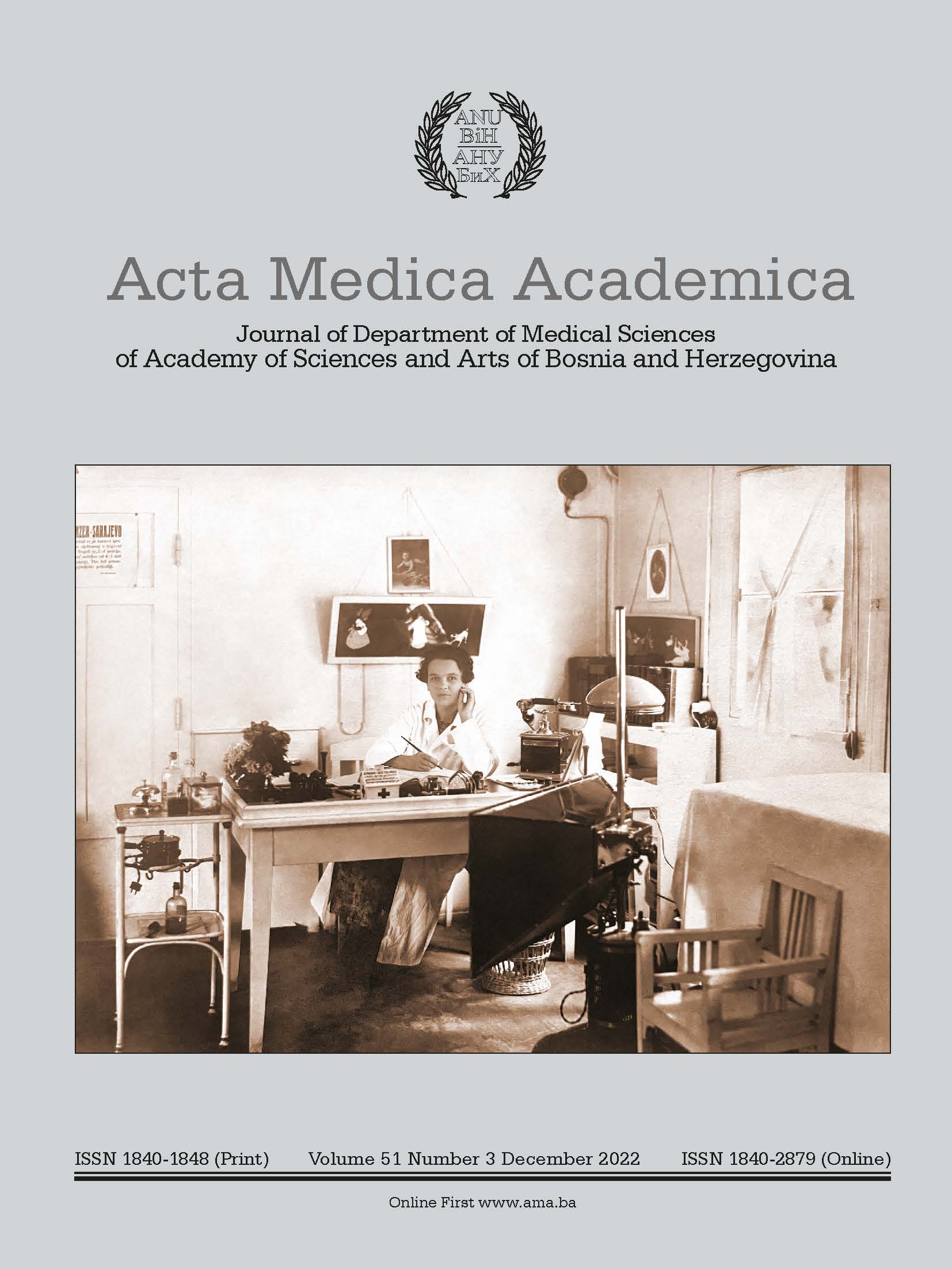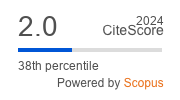The Prevalence and Morphometry of the Atlas Vertebra Retrotransverse Foramen
DOI:
https://doi.org/10.5644/ama2006-124.388Keywords:
Retrotransverse Foramen, Accessory Foramen, Variation, Atlas Vertebra, Morphometry, Regression AnalysisAbstract
Objective. The current study records the prevalence of the accessory foramen, located posterior to the transverse foramen (TF), the so-called the retrotransverse foramen (RTF), its morphometry, exact location, and coexistence with ossified posterior bridges. Additionally, factors associated with the length of the RTF are investigated.
Materials. One-hundred and forty-one dried atlas vertebrae were examined.
Results. Thirty-seven out of the 141 vertebrae (26.2%) had at least one RTF. The RTF was unilateral in 67.6% and bilateral in 32.4%. The mean RTF anteroposterior diameter (length) was 4.2±1.4 mm on the right and 3.8±1.0 mm on the left side. The mean RTF laterolateral diameter (width) was 2.6±1.2 mm on the right and 2.5±0.8 mm on the left side. Both dimensions were symmetrical. The RTF was symmetrically located from the TF, at a mean distance of 4.6±1.1 mm on the right and of 4.5±0.9 mm on the left side. For the given TF-RTF distance, laterality, and presence of posterior bridges, each mm increase in the RTF width was associated with a 0.74 mm increase in the relevant length.
Conclusion. The estimated prevalence was higher than most of those reported in other studies. However, the between-studies prevalence varies to a significant degree. Hence, a systematic review and meta-analysis should be performed to identify a more precise estimate due to the clinical importance of the RTF.
Downloads
Published
Issue
Section
License
Copyright (c) 2023 Christos Lyrtzis, George Tsakotos, Michael Kostares, Maria Piagkou, Chrysovalantis Mariorakis, Konstantinos Natsis

This work is licensed under a Creative Commons Attribution-NonCommercial 4.0 International License.





